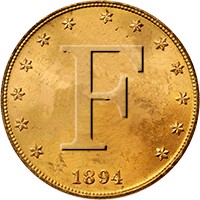A
Anonymous
Guest
I've had my Explorer about a week now. I've read all the instructions and also read the other book on the Explorer.I mainly hunt coins. I'm satisfied that this is a real tool and my other metal detector was just a toy. I've returned to places that I had previously hunted and found coins that me and my other detector simply did not recognize. I just wondered if somebody could advise me how to proceed with the learning process. Should I use the coin program or should I modify it? I found that it's easy to discriminate too much stuff out. Should the sensitivity and threshold be adjusted or left at about factory settings? Is there a time when I should use the iron mask? I have trouble telling the difference between a bottlecap and a coin. Those cable tv connectors read real close to the coin range too. Is there a better way to sort it out or do I just need to dig some of the trash in order to find the coins? Thanks in advance for your advice.
